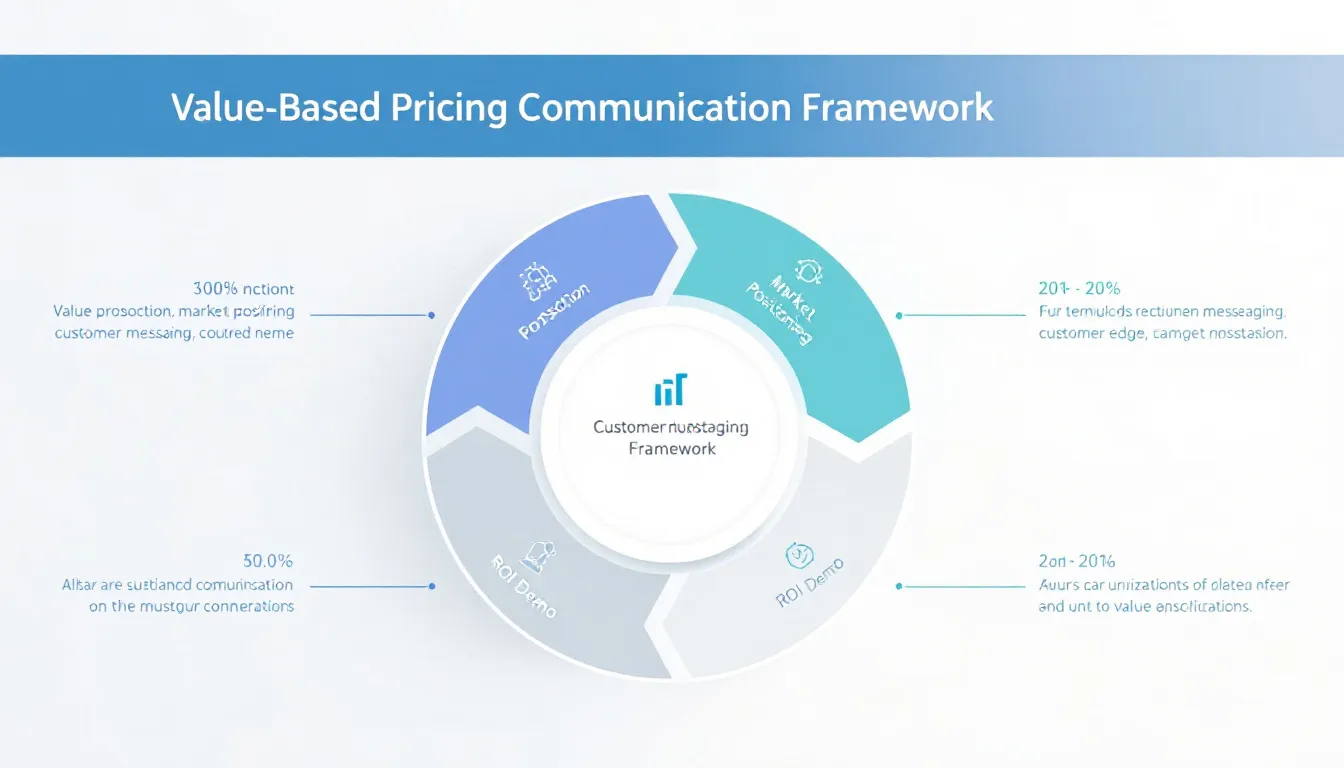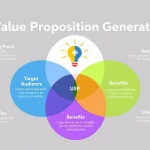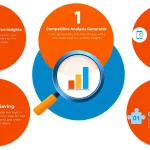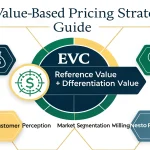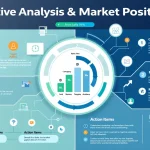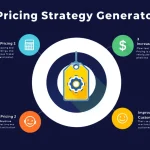Is this tool helpful?
How to Use the Value Communication Strategy Generator Effectively
This comprehensive tool helps businesses articulate their value proposition and premium pricing strategy through a structured approach. Here’s a detailed guide on using each field:
Step-by-Step Input Guide
- Company Name: Enter your organization’s official name. Examples:
- “Global Solutions Pro”
- “InnovTech Systems”
- Value Proposition and Key Differentiators: Detail your unique offerings and standout features. Examples:
- “Industry-leading AI-powered analytics platform with real-time insights and custom reporting capabilities”
- “Patented sustainability solutions with 40% reduced carbon footprint and ISO certifications”
- Target Audience Description: Define your ideal customer profile. Examples:
- “Mid-sized manufacturing companies with 100-500 employees seeking digital transformation solutions”
- “Luxury retail brands focusing on sustainable fashion and ethical sourcing”
- Pricing Structure (Optional): Outline your pricing model and premium features
- Competitive Advantages (Optional): List your key market differentiators
Understanding Value-Based Pricing Communication
Value-based pricing communication is a strategic approach to justifying premium prices by emphasizing the unique value and benefits your solution delivers to customers. This tool helps organizations craft compelling narratives that connect product value to customer needs.
Core Components of Value Communication
- Value Proposition Alignment
- Market Positioning Strategy
- Customer-Centric Messaging
- Competitive Differentiation
- ROI Demonstration
Benefits of Using the Value Communication Strategy Generator
1. Strategic Alignment
Ensures your pricing communication aligns with your overall business strategy and market positioning.
2. Customer Value Focus
Helps articulate value in terms that resonate with your target audience’s specific needs and pain points.
3. Competitive Positioning
Enables clear differentiation from competitors while justifying premium pricing through value demonstration.
4. Message Consistency
Creates a unified approach to communicating value across all customer touchpoints and marketing channels.
Practical Applications and Use Cases
Enterprise Software Company Example
A software company used the generator to develop messaging that highlighted their AI-powered features and enterprise-grade security, resulting in a 30% increase in enterprise client acquisition.
Professional Services Firm Case Study
A consulting firm leveraged the tool to communicate their industry expertise and proven methodology, leading to successful price increases without client attrition.
Addressing Common Value Communication Challenges
1. Price Sensitivity
- Focus on long-term ROI
- Highlight cost-saving benefits
- Demonstrate value through case studies
2. Value Quantification
- Use specific metrics and KPIs
- Provide comparative analysis
- Include customer success stories
Best Practices for Value Communication
1. Customer-Centric Approach
Frame value propositions from the customer’s perspective, addressing their specific challenges and desired outcomes.
2. Evidence-Based Communication
Support value claims with concrete data, testimonials, and case studies.
3. Clear Value Metrics
Define and communicate specific, measurable benefits that justify premium pricing.
Implementing Your Value Communication Strategy
Step 1: Value Mapping
Create a comprehensive map of your solution’s value elements, including:
- Direct benefits
- Indirect benefits
- Strategic advantages
- Long-term impact
Step 2: Message Development
Craft clear, compelling messages that:
- Resonate with target audience needs
- Highlight unique differentiators
- Demonstrate clear ROI
Step 3: Channel Strategy
Determine the most effective channels for communicating value to your target audience.
Frequently Asked Questions
What makes an effective value proposition?
An effective value proposition clearly communicates unique benefits, addresses specific customer pain points, and demonstrates measurable impact.
How often should we update our value communication strategy?
Review and update your strategy quarterly or whenever significant market changes, new features, or competitive shifts occur.
What are the key elements of premium pricing justification?
Focus on unique capabilities, superior outcomes, exceptional service quality, and demonstrable ROI that distinguish your offering from competitors.
How can we measure the effectiveness of our value communication?
Track metrics such as conversion rates, customer acquisition costs, win rates, and customer feedback to assess communication effectiveness.
Should we use different value messages for different market segments?
Yes, tailor your value communication to address the specific needs, challenges, and desired outcomes of each market segment.
How do we handle price objections effectively?
Address price objections by focusing on total value delivered, long-term benefits, and concrete examples of customer success stories.
Important Disclaimer
The calculations, results, and content provided by our tools are not guaranteed to be accurate, complete, or reliable. Users are responsible for verifying and interpreting the results. Our content and tools may contain errors, biases, or inconsistencies. We reserve the right to save inputs and outputs from our tools for the purposes of error debugging, bias identification, and performance improvement. External companies providing AI models used in our tools may also save and process data in accordance with their own policies. By using our tools, you consent to this data collection and processing. We reserve the right to limit the usage of our tools based on current usability factors. By using our tools, you acknowledge that you have read, understood, and agreed to this disclaimer. You accept the inherent risks and limitations associated with the use of our tools and services.
